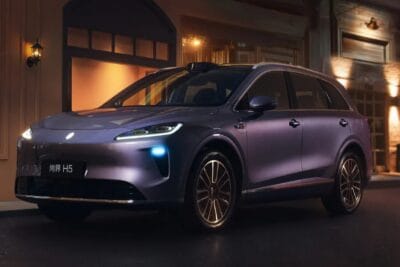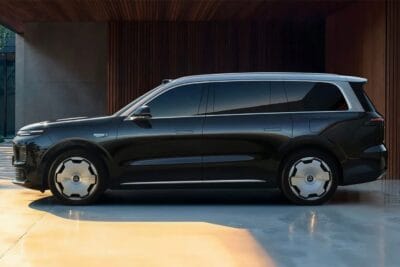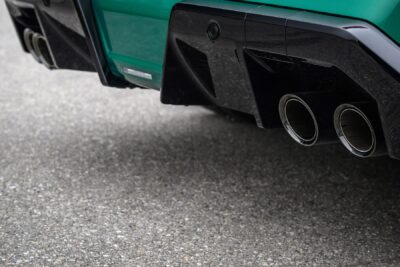Vitesco reveals motor with coils, not a magnet
Vitesco Technologies has announced it will be presenting several innovations for vehicle electrification at the 35th International Electric Vehicle Symposium (EVS) in Oslo from 11 to 15 June. Among these is a separately excited synchronous electric motor that is to be optimised for long-distance driving at higher speeds.
Unlike the permanently excited synchronous motors (PSM) widely used today, the externally excited synchronous motors (EESM) do not require rare earth metals. Instead of a rotor with a permanent magnet made of rare earth metals (therefore permanently excited) as in the PSM, the EESM use a coil. In the stator and the rotor of the EESM, magnetic fields are generated by this coil instead of a permanent magnet.
Vitesco says the EESMs are more efficient than PSMs, especially at higher speeds making them particularly suitable for long distances with fast motorway driving.
Incidentally, it is not only Vitesco that sees the advantages of EESM: the fifth generation of BMW’s e-drives (for example in the iX3, i4, iX, i7 and iX1) are also externally excited synchronous motors.
Besides its efficiency at high speeds, doing without a magnet in the motor reduces costs, since prices for permanent magnets have now risen to a 10-year high.
Vitesco Technologies, which was spun-off from Continental AG, is making EESM technology available for its already successful axle drive including power electronics.
Also at the Oslo EVS Symposium, in addition to the integrated electric axle drive, Vitesco Technologies will showcase systems and solutions for further efficiency in electric driving. These include solutions for battery management, power electronics, thermal management, a high-voltage box and a master controller.
Thomas Stierle, member of the Executive Board and head of Electrification Technology and Electronic Controls business at Vitesco Technologies explains: “With our portfolio, we are clearly focusing on global, scalable platforms for electrified vehicles. This is where we see the growth, and this is also where the potential for sustainable and increasingly CO2-neutral mobility of the future lies.”





13 Comments